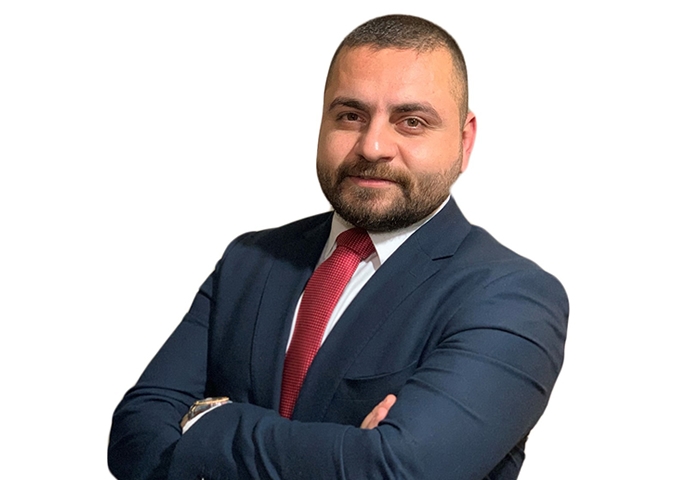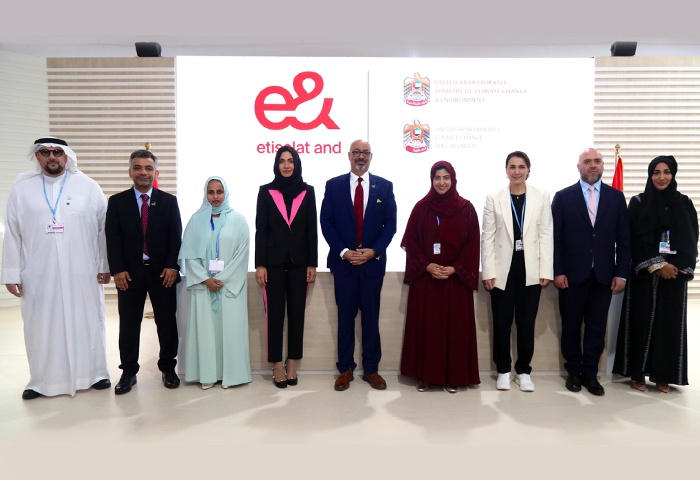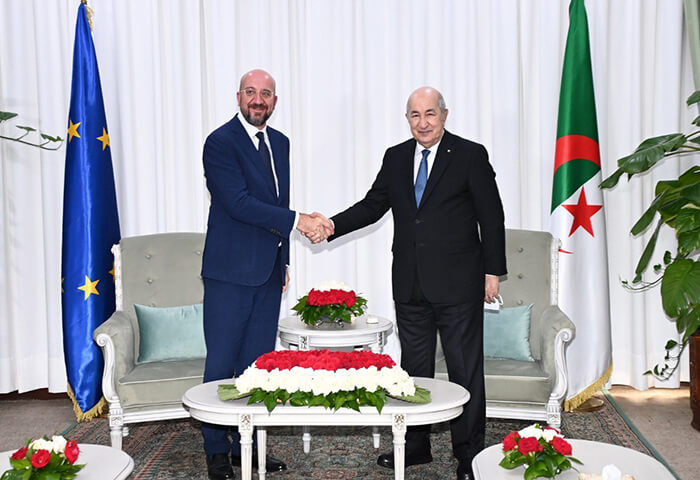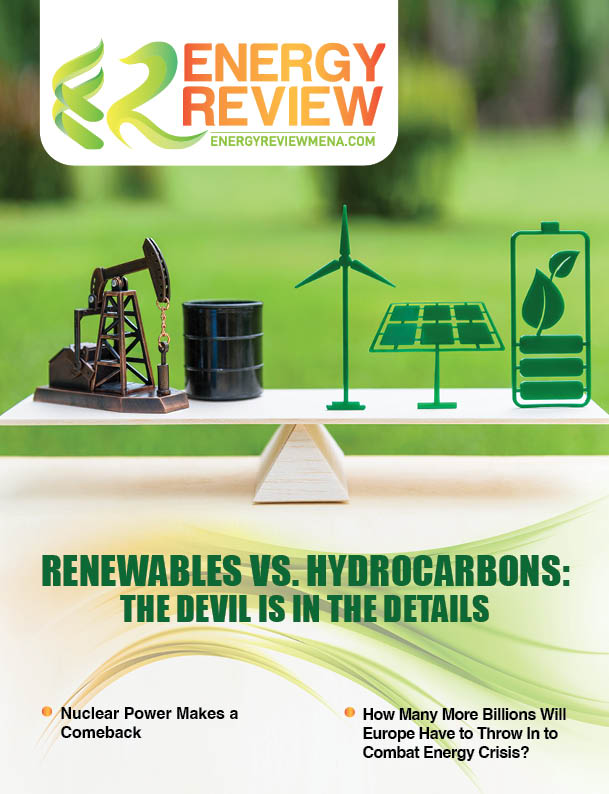JinkoSolar is the largest and one of the most innovative solar module manufacturers in the world. The company started its business from the upstream of the solar value chain. Jinko Solar has accumulated unparalleled know-how in the development and production of wafer and cells for the best understanding of the underlying “engine” that drive high performing photovoltaic systems. JinkoSolar is committed to expanding the boundaries of the photovoltaic knowledge through R&D and actively catalyzing the commercialization of cutting-edge solar technology. The company distributes its solar products and sells its solutions and services to a diversified international utility, commercial and residential customer base worldwide. JinkoSolar has built a vertically integrated solar product value chain, with an integrated annual capacity of 14.5 GW for silicon wafers, 9.2 GW for solar cells, and 15 GW for solar modules, as of September 30, 2019.
When it comes to product quality, Jinko’s No.1 ranking in shipments for forth-consecutive years and our solid track record speak for itself.
As a leading module manufacturer, JinkoSolar has shipped over 55GW of solar modules to customers in 140 countries around the globe.
In an exclusive interview with Energy Review MENA, Ali Hamam, director of sales at JinkoSolar for Middle East and North Africa gives detailed insights on the company’s route to success.
JinkoSolar is one of the largest and most innovative solar module manufacturers in the world. What made JinkoSolar break the world record for the 4th consecutive year?
It is a combination of many factors related to the products we supply as well as the financial performance of the company. The global market trusting JinkoSolar in providing the best product value and investment throughout the product lifetime and beyond is one of our key success factors in the recent years. In fact, it took us several years to build such a trust in JinkoSolar products’ performance, not only with owners and developers, but also with the investors and lenders. We have established a very strong partnership with diversified clients based all over the globe.
The company's commitment is to develop the best quality products for its partners in order to meet and exceed their expectations in regards with the performance and provide the best levelized cost of energy (LCOE), using the latest technologies at competitive prices which has also played a major role to achieve and maintain leadership as the number one top-selling module globally for the fourth consecutive year.
In addition to the best-quality products, JinkoSolar has sales teams over 36 countries globally. In the MENA region, as an example, our multi-functional team is present in 6 countries across the region to support local partners and position the company as a first preference to our local partners.
What technological breakthroughs have particularly changed your industry in the recent past?
Talking about the technology, 3 years ago, the 330 Wp we used to produce using the 72 cells module, can be produced today with 60 cell module which takes 20% less area space, and even more actually. We are now able to achieve up to 345 Wp with the 60 cells module.
Solar energy has become reliable and a preferred source of energy especially because of its low cost compared to other conventional and renewable energy sources. Thanks to the technology development driven by the industry leaders, we were able to increase the modules’ efficiency to more than 20%, and drive down the cost of PV modules where the capital cost of implementation have fallen remarkably.
In mid-2018, we introduced our Cheetah series: 72 cells version that can produce up to 410 Wp, with the efficiency up to 20.4%. Such power density has reflected on the total capex of the PV plant, starting from the land occupation cost, lower number of modules translated to direct savings on the balance of the system, project implementation and installation, as well as the cost of operation. This led at the end to a lower levelized cost of energy and a very competitive kilowatt-hour cost.
The Bifacial technology is another example. Today, most of the low competitive bids are using this technology to boost their yield using the defused and reflected solar radiation from the ground to lower their LCOE (levelized cost of energy), and increase their investment. JinkoSolar is continually investing in the research and development and is successfully leading the industry throughout innovative ultra-high efficiency products, including our Tiger modules with efficiencies up to 20.93%, this is in addition to our Intersolar award-winner – the Swan Bifacial Module – with a transparent backsheet.
Jinko has its footprint in the UAE and Africa. Can you tell us more about the projects the company supported there?
Our strong presence has played a major role in our success in the region which helped Jinko closely support its partners, ranging from few kilowatts systems for agricultural use in countries like Egypt and Morocco, to multi megawatts of commissioned industrial products, to the world's largest single power plant located in Sweihan with a capacity of 1177 megawatts in Abu-Dhabi. Jinko has covered all the segments and different types of clients in the MENA region and today, JinkoSolar has more than 25% of the installed capacity market share in the Middle East and Africa region. We are active across geographies in the distributed generation segment including commercial and industrial sector, minigrids as well as solar water-pumping solutions.
On the utility scale, our modules have been deployed on Egypt, Tunisia, Senegal, Mali, Togo, Kenya, Libya, South-Africa and more others. In the GCC, the UAE for example, we are holding over 40% of the market share. We have operational utility projects in the MENA region for as long as 5 years now, we supplied Falcon Ma’an 23 megawatts in the beginning 2015 in Jordan. In 2017 we supplied also our modules to another landmark project in South Jordan which is above 100 megawatts in Quweira.
Regarding the private sector utility scale, in Saudi Arabia we supplied our modules to the largest private ground mounted PV project owned by Saudi food conglomerate with a capacity of 15 megawatts located in Al-Kharj area.
In your opinion what kind of product from your portfolio has the most potential for the MENA market and why?
When it comes to the MENA region, product durability and reliability come first due to the special environment and conditions such as high temperatures, humidity and desert conditions.
In our product portfolio, we have a variety of products that suit different applications with best in class material to withstand the special environment and conditions. One of our key partners is DuPont supplying our Tedlar®-based backsheet especially for high temperature and humidity areas.
Jinko has led the transition from polycrystalline to mono PERC in these markets. We have a continuous demand for our Cheetah mono PERC series with a power range between 400 – 410Wp in MENA region which has superior electrical characteristics such as temperature coefficient and normal operating temperature performance.
Another interesting product is the Bifacial which is suitable for sites with good reflect ability. This product is our Intersolar award-winner which has transparent backsheet featured with its light-weight compared to the dual glass Bifacial modules.
Its noteworthy that we launched a new product in Q4 2019, our Tiger module which comes in two versions: monofacial and bifacial, combining the half-cut cell technology to the Tiling Ribbon and multi-Busbar, increasing the effective area in the PV module reaching efficiency of 20,93%. This product is expected to have a 10 gigawatts of capacity by the end of 2020 and we will be implementing multiple orders of our Tiger products in the MENA region in the 3rd quarter of this year. As of now, we have closed 1 GW of Tiger orders.
What are your future goals for 2020 and 2021? Are you planning to expand more in the MENA region?
To maintain our leading position in the market is a goal next to further improving our market share, supporting our partners and helping the region to adopt the newest technologies and implement best performing plants. We are very optimistic about the MENA’s potential and have very high expectation for the region. We will continue to invest here to strengthen our local presence and we expect the MENA market to grow around 4 to 4,5 gigawatts in 2020 and grow to 5,5 gigawatts in 2021, mainly thanks to the large scale capacity execution.









